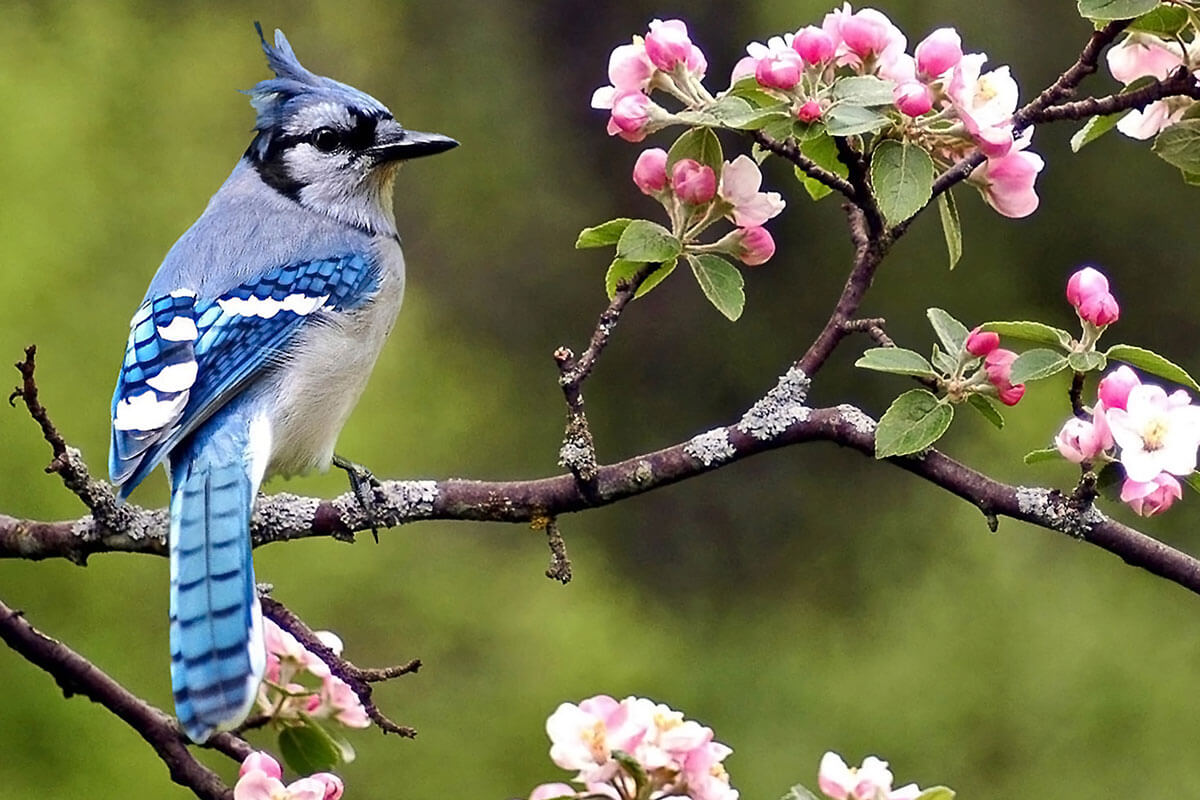Blue Jays

Blue Jays, also referred to as Jays, live year round in their chosen territory. The eastern Blue Jay moves slightly northward during the breeding season. Except during the nesting season Blue Jays have a raucous cry with hawk-like and other imitative sounds. Today, you can find these beautiful birds in just about any habitat from deep forests to suburban gardens. They do, however, prefer oak or pine woodlands.
A full-grown Blue Jay is eleven to twelve inches long (about 30 cm). The Blue Jay’s upper part colors are grayish violet blue. The wings and tail are bright blue with black and white markings. The neck is collared with black, and the under parts are gray and white.
Regardless of where you are camping or the season of the year, changes are you’ll see Blue Jays. And the advantages of Blue Jay watching while camping are two-fold:
- Jays won’t nest in birdhouses, but construct large, open shelf nests. They prefer sticks and twigs for nesting materials. The likelihood of finding Blue Jays in a wooded area, where there are many materials and mud from which to build, is far greater than in a suburban setting.
- Jays will eat off the ground or flat surfaces. At home, you can also try large platform feeders placed on the ground. Jays are aggressive and bold. They’re not as cautious as some other birds, and will more likely eat wherever they can find food. One food, the whole, raw peanut, is a sure magnet draw for the Blue Jay. Jays usually take one whole peanut, stuff it down their throat, then fill their mouth with another, then quickly fly away to bury them. They feed chiefly on large insects, seeds, acorns, beechnuts, berries, eggs and nestlings (baby birds).
Sources:
